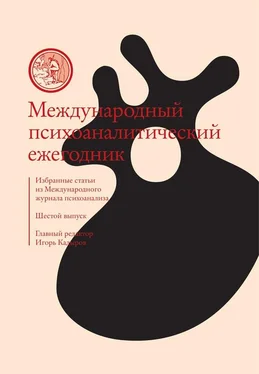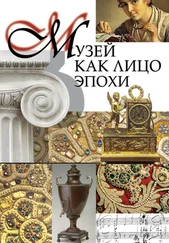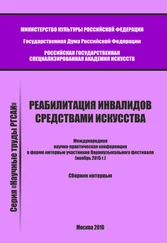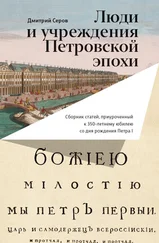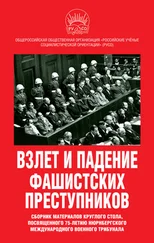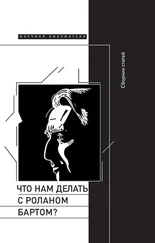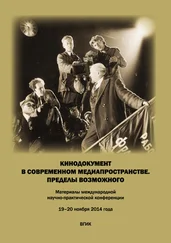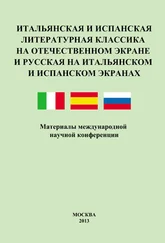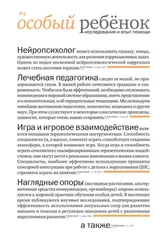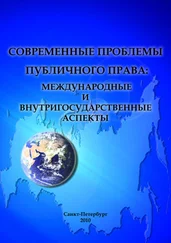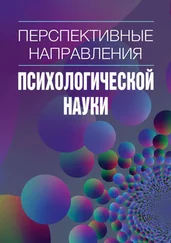Собственная интеллектуальная история Оланье имеет некоторое сходство с описываемым материалом. В переломный момент 1963 года она осталась с группой Лакана, которую другие покинули, и все же была уверена, что найдет собственный творческий синтез, – и она блестяще сделала это в «Насилии интерпретации» и здесь, в очередном исследовании происхождения репрезентационной жизни. Имея навык к философскому мышлению, находясь под глубоким влиянием Лакана, но будучи при этом классическим теоретиком, Оланье – как ребенок или субъект, которого она описывает, – «выковывает» свой собственный путь, свою собственную очень специфичную психоаналитическую идентичность. Ее творческая гипотеза имеет чрезвычайную ценность. Она доказывает, что существует возможность творческим образом связывать различные теории, и нам следует брать из них то, что мы можем, учитывая, что иногда взгляды Оланье понять нелегко и что читатели не всегда могут следовать за ней в ее, надо признать, героическом интеллектуальном путешествии.
Перевод Марины Якушиной
Библиография
Abram J. (2013). Donald Winnicott Today. London: New Library of Psychoanalysis & Routledge.
Aulagnier P . (1975). La Violence de l’interpretation. Du Pictogramme a l’enonce. Paris: Presses Universitaires de France [The Violence of Interpretatioan: from Pictogram to Statement, trans. A Sheridan. London: Routledge 2001.]
Aulagnier P. (1986). Naissance d’un corps, origine d’une histoire // Corps et Histoire. Paris: Les Belles Lettres. P. 99 – 141.
Bion W . (1962). Learning from Experience. London: Karnac, 1984.
Birksted-Breen D., Flanders S., Gibeault A . (2010). Reading French Psychoanalysis, New Library of Psychoanalysis. London: Routledge.
Britton R . (1998). Belief and Imagination, New Library of Psychoanalysis London: Routledge.
Botella C. and Botella S . (2005). The Work of Psychic Figurability, trans. A. Weller, New Library of Psychoanalysis. London: Routledge.
Caldwell L. and Joyce A . (2011). Reading Winnicott, New Library of Psychoanalysis. London: Routledge.
Damasio A . (2003). Looking for Spinoza. London: Heinemann.
Ferrari A . (2004). From the eclipse of the body to the dawn of thought, London: Free Association Books.
Fonagy P., Target M . (2007). The Rooting of the Mind in the Body: New Links between Attachment Theory and Psychoanalytic Thought. J Amer Psychoanal Assn 55:411–456.
Freud A . (1952). The Mutual Influences in the Development of the Ego and the Id. Psych Study of The Child VII.
Freud S . (1900). The Interpretation of Dreams. SE 4/5.
Freud S . (1905). Three Essays on the Theory of Sexuality. SE 7.
Freud S . (1915a). The Unconscious. SE 14.
Freud S . (1915b). Instincts and their Vicissitudes. SE 14.
Freud S . (1933). New Introductory Lectures on Psychoanalysis. SE 22.
Gibeault A. (2010). Introduction to Chapter 4: Phantasy and Representation // Reading French Psychoanalysis, ed. Birksted-Breen D., Flanders S. and Gibeault A. New Library of Psychoanalysis.
Green A . (2005). Key Ideas for a Contemporary Psychoanalysis. Int. J. Psychoanal .: New Library of Psychoanalysis. London: Routledge. P. 125–136.
Isaacs S . (1943). The Nature and Function of Phantasy // The Freud-Klein Controversies, 1941–1945, ed. King P. and Steiner R. Int. J. Psychoanal ., Routledge, 1991.
Kristeva J. (2001). The Phantasy as Metaphor Incarnate // Melanie Klein. New York: Columbia University Press.
Lacan J . (1949). Le stade du miroir comme formateur de la function du Je telle qu’elle nous Est revelee dans l’experience pschanalytique. In Ecrits Paris. Editions du Seuil, 1966. [The Mirror Stage as Formaive of the Function of the I as Revealed in Psychoanalytic Experience. In Ecrits, trans A. Sheridan. London: Tavistock, 1977.]
Lacan J. (1954). The Topic of the Imaginary // The Seminar of Jacques Lacan, Book 1, ed. J.A. Miller. Cambridge: Cambridge University Press, 1988.
Lebovici S . (1961). La relation objectale chez l’infant] Psychiatrie de L’enfant 3(1): 147–226.
Levine H.B., Reed G.S., Scarfone D . (2013). Unrepresented States and the Constructi0n of Meaning, London: Karnac.
Mahler M . (1968). On Human Symbiosis and the Vicissitudes of Individuation. New York: International Universities Press.
Ogden T . (1989). On the Concept of an Autistic-Contiguous Position, Int J Psychoanal 70: 127–140.
Ogden T . (2011). Reading Susan Isaacs: Toward a Radically Revised Theory of Thinking, Int J Psychoanal 92:925–942.
Pontalis J.B . (2006). Notable Encounters, American Imago 145–157.
Roudinesco E. Jaques Lacan & Co: A History of Psychoanalysis in France, 1925–1985. London: Free Association Books.
Spitz R . (1955). The primal cavity – A contribution to the origins of perception and its role for psychoanalytic theory, Psychoanalytic Study of the Child 10:215–240.
Stern D., Sander L.W., Nahum J.P., Harrison A.M., Lyons-Ruth K., Morgan A.C., Brushweilerstern N., Tronick E.Z (1998). Non-interpretive Mechanisms in Psychoanalytic Therapy: The «Something More» than Interpretation. Int J Psychoanal .79:903–921.
Troisier H . (1998). Piera Aulagnier: Psychanalystes d’aujourd’hui, Paris: PUF.
Winnicott D.W . (1945). Primitive Emotional Development, Int J Psychoanal 26:137–143.
Winnicott D.W . (1967). The mirror Role of Mother and Family in Child Development. In Playing аnd Reality. London: Tavistock.
Woolf V. (1947). The Moment: Summer’s Night // The Moment and Other Essays, London Hogarth reprinted in Collected Essays. Vol. 2, 1966. London: Hogarth.
Влечение к смерти: феноменологическая перспектива в современной кляйнианской теории
Дэвид Л. Белл
David L. Bell. The death drive: Phenomenological perspectives in contemporary Kleinian theory. Int J Psychoanal (2015) 96:411–423.
Flat 4, Mullion Court, 112 Finchley Road, London NW3 5JH, UK.
В эпическом шедевре эпохи модернизма Гёте «Фауст» протагонист, искатель знания, сокрушается, разочарованный плодами своего труда, их ограниченностью и препятствиями на своем пути. Он говорит:
Я ничего своим усердьем черствым
Добиться не сумел до сей поры.
Ни на волос не стал я боле крупен,
Мир бесконечности мне недоступен [88].
Читать дальше
Конец ознакомительного отрывка
Купить книгу
